Australians love travelling, but when you’re in a different country, it’s important to be aware of any customs or traditions — especially if you’re visiting a sacred or religious site. Here’s a guide to temple etiquette for your next holiday.
Japan
In Japan, Buddhism and Shintoism are the most common religions. Depending on if you’re visiting a Buddhist temple or a Shinto shrine, the rules and etiquette differ.
When visiting a shrine, you should do the following:
- Bow slightly before entering the torii gates.
- Walk on the side of the path to the shrine (the middle is said to be for Gods).
- Purify yourself at the chozuya (a basin filled with water), pour water from the ladle onto your left hand then right hand.
- Walk up to the shrine and bow slightly.
- Throw a coin into the offering box (it can be any amount).
- If there is a bell, ring it 2-3 times.
- Bow twice then clap twice.
- Pay your respects silently.
- Bow again.
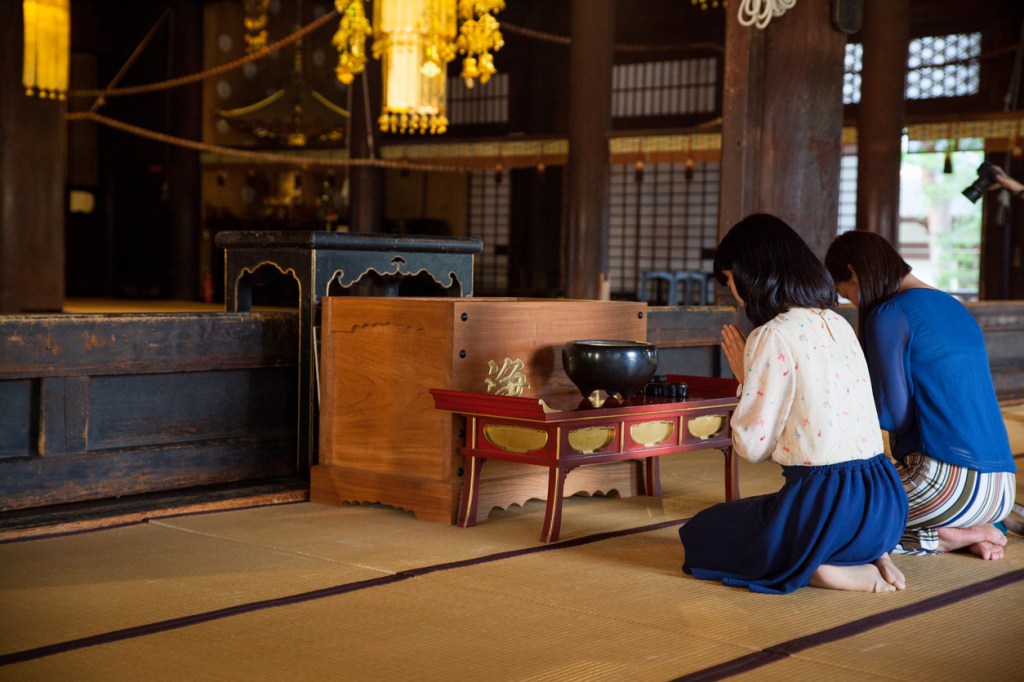
If you’re visiting a temple, this is what you should do:
- Bow slightly before entering and purify yourself at the chozuya.
- Burn incense.
- Bow slightly.
- Throw a coin into the offering box.
- If there’s a bell, ring it 2-3 times.
- Bow slightly and pay your respects (don’t clap at a temple, but instead hold your hands together).
- Bow again.
Depending on the location of the temple, if it has an indoor area you will be required to remove your shoes before entering. Make sure you are wearing clean socks or bring a pair if you’re not wearing them.
If you are sick, injured or in mourning, it is tradition to not visit a shrine or temple as these are considered signs of impurity.
China
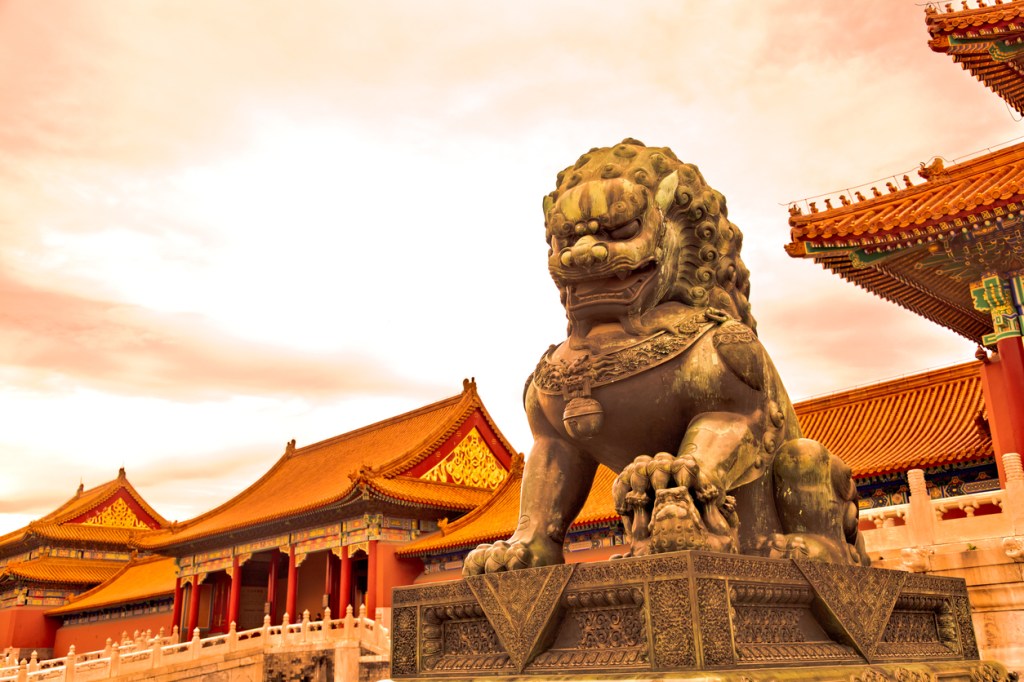
China has a variety of temples for many religions. The most common ones are Buddhism, Taoism and Confucianism.
Here’s a guide to etiquette for visiting a temple in China:
- Enter the temple from the southern entrance and exit through the northern entrance.
- Do not enter a temple if the doors are closed.
- Wear clothing that covers your shoulders and knees.
- Hats must always be removed when entering a temple, and if there is a pile of shoes, you should also remove your shoes.
- Turn off all electronic devices and speak in a low voice.
- Don’t have any inappropriate conversations.
- Avoid touching statues or pointing your fingers.
- Don’t eat in the temple.
- Enter the temple with your left foot first and exit with your right foot first.
You will most likely come across a monk or nun. If you do, make sure you stand to greet them. The greeting involves placing both hands together in a prayer and bowing slightly.
Bali
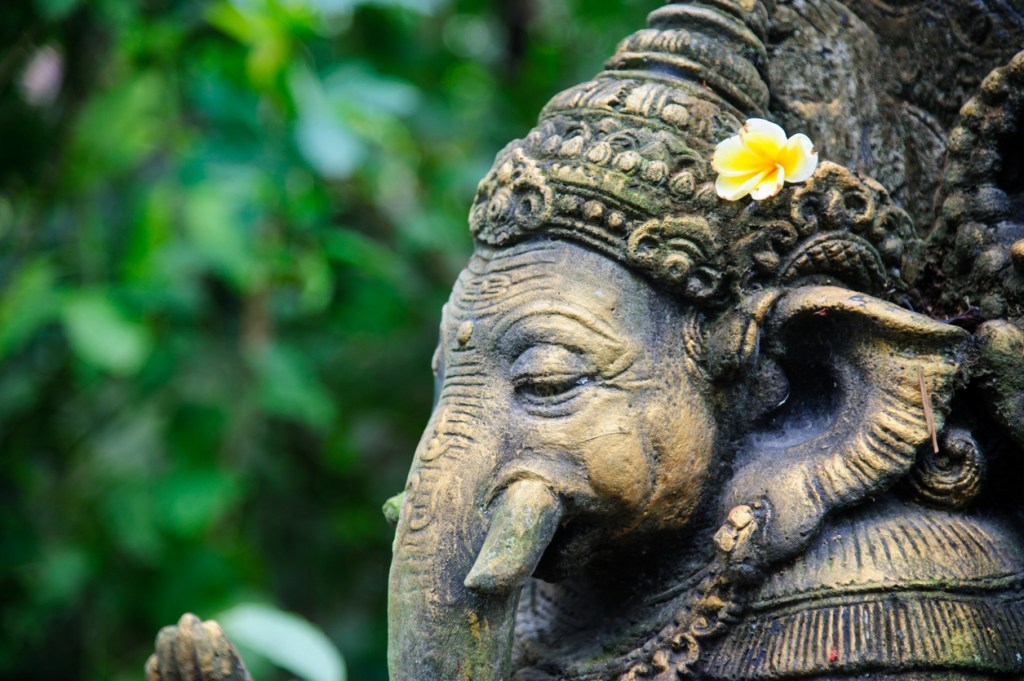
One of the most popular destinations for Australian tourists, Bali has a culture rich in religion and tradition.
If you’re planning on visiting one of the many temples in Bali, here is a guide to temple etiquette:
- Wear a sarong to keep modesty (most temples will offer them to tourists, but having your own is preferable).
- Cover your shoulders and back (don’t wear any singlets or go in your swimmers).
- Don’t point your feet at the altar as feet are considered impure in Balinese culture.
- Men sit with their legs crossed while women kneel when praying.
- Women who are menstruating, pregnant or have recently given birth are not allowed to enter temples as they are seen as ‘impure’.
Tourists are often only allowed in the outer sanctum of temples, but you may be lucky enough to have a priest invite you for a prayer in the inner sanctum.
India
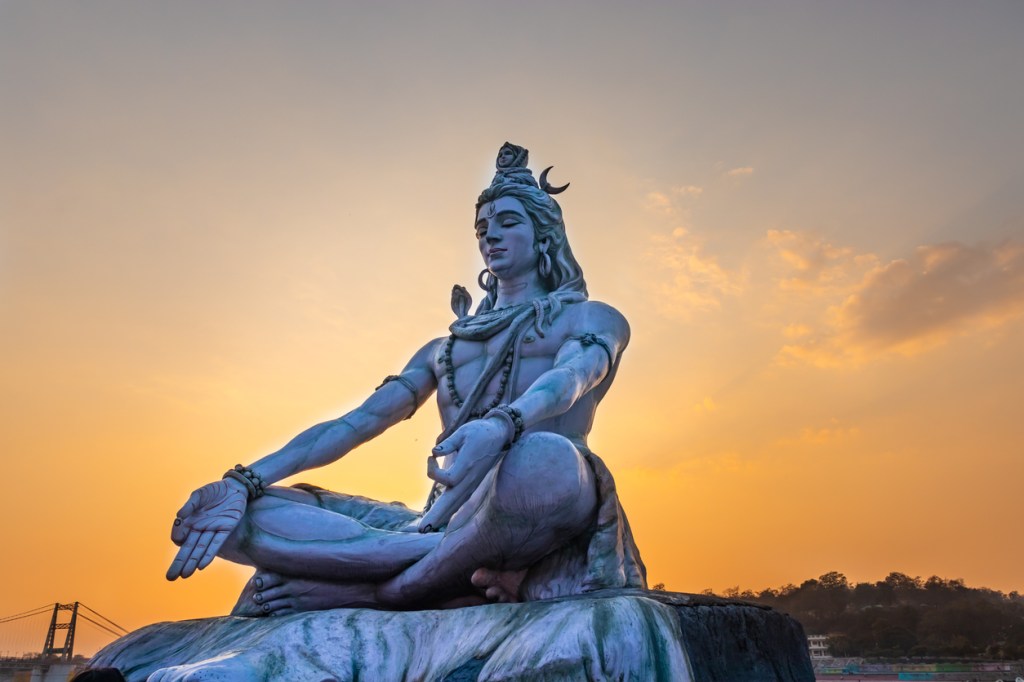
Hindu temples in India are open to the public but are holy sites for worshipping.
Here are some rules to follow when you’re visiting a temple in India:
- Bathe or shower beforehand.
- Dress conservatively (in some temples, head coverings are required for both men and women).
- Remove your shoes, it shows humility and respect.
- Don’t take photos (cameras and phones are often forbidden in Hindu temples).
- Avoid wearing leather or carrying leather accessories.
- Bring an offering of flowers, food or incense.
- Walk clockwise around the temple and greet each God as you do so.
- If a priest offers you a gift (often fruit or sweets), accept it in your right hand and eat it outside of the temple.
Keep in mind that some temples will have separate areas or queues for men and women, and you should abide by the rules.
Malaysia
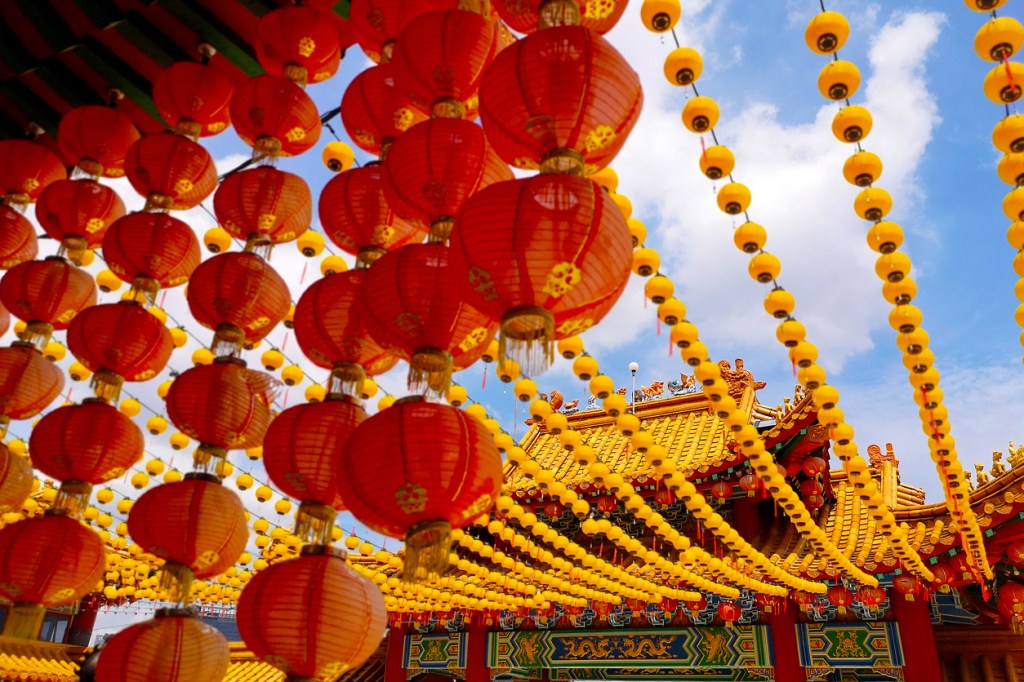
Malaysia is a religiously diverse nation and places of worship include Hindu and Buddhist temples as well as Muslim mosques.
Here’s a guide to etiquette when visiting a Mosque:
- Bear in mind that non-Muslims will not be permitted inside during prayer times or inside the inner prayer hall at all.
- Clothing must cover most of the body (long sleeves are ideal).
When visiting a temple, the same rules apply as Hindu temples in India and Buddhist temples in China.
Vietnam
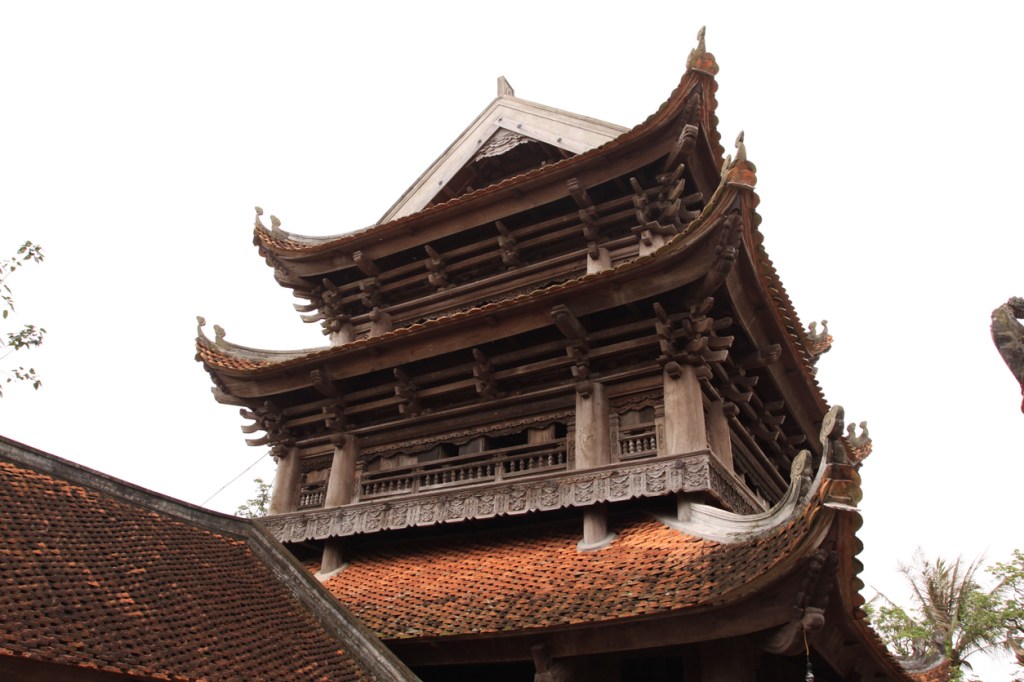
In Vietnam, you’ll find pagodas that are used as places of Buddhist worship.
Like other temples, pagodas also have their own set of rules:
- Dress modestly — jeans and a t-shirt are usually the most appropriate.
- If you must talk, make sure you’re whispering so as not to disturb others.
- Pagodas have three gates — use the right gate for entering and the left for exiting, the middle gate is for nobles.
Depending on the pagoda or temple, there will be different areas to pray. Make sure to ask a priest if you’re unsure.
Thailand
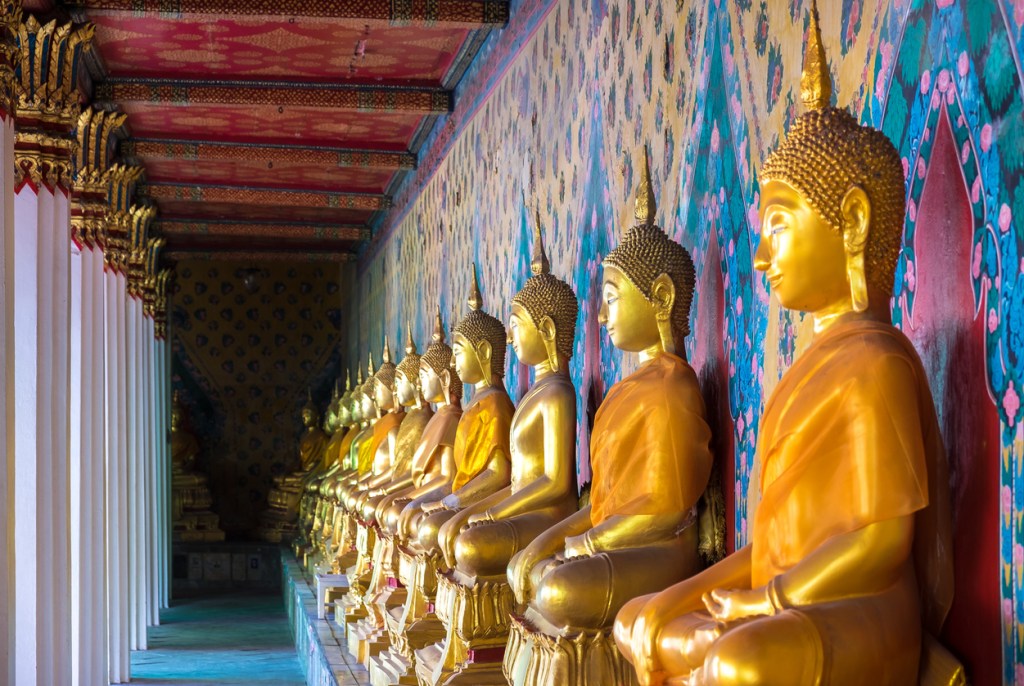
In Thailand, the Buddhist temple is known as a wat. There are an estimated 34,000 wat in Thailand.
If you’re visiting one of the many temples, you should do the following:
- Make sure you cover your shoulders, back and knees for modesty.
- You must remove your hat and/or shoes before entering.
- Keep your head lower than images of Buddha and the monks to show respect.
- If you sit, make sure you point the soles of your feet away from Buddha images and monks.
- Don’t sit on the platforms or spaces reserved for monks.
- Women and monks are not allowed to touch — even indirectly, women should not pass items to monks.
- Use a quiet voice and don’t smoke or drink alcohol in the temple.
Also be aware that women may not be allowed in some areas of temples due to Thai culture and tradition.
Hopefully this guide to travel etiquette will help you be aware of traditions and cultures surrounding sacred and religious sites in certain countries. Be sure to do your research before travelling to any country to be able to get the most out of your overseas adventure.
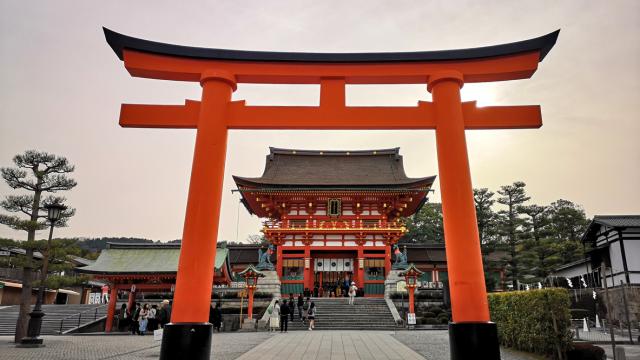
Leave a Reply
You must be logged in to post a comment.